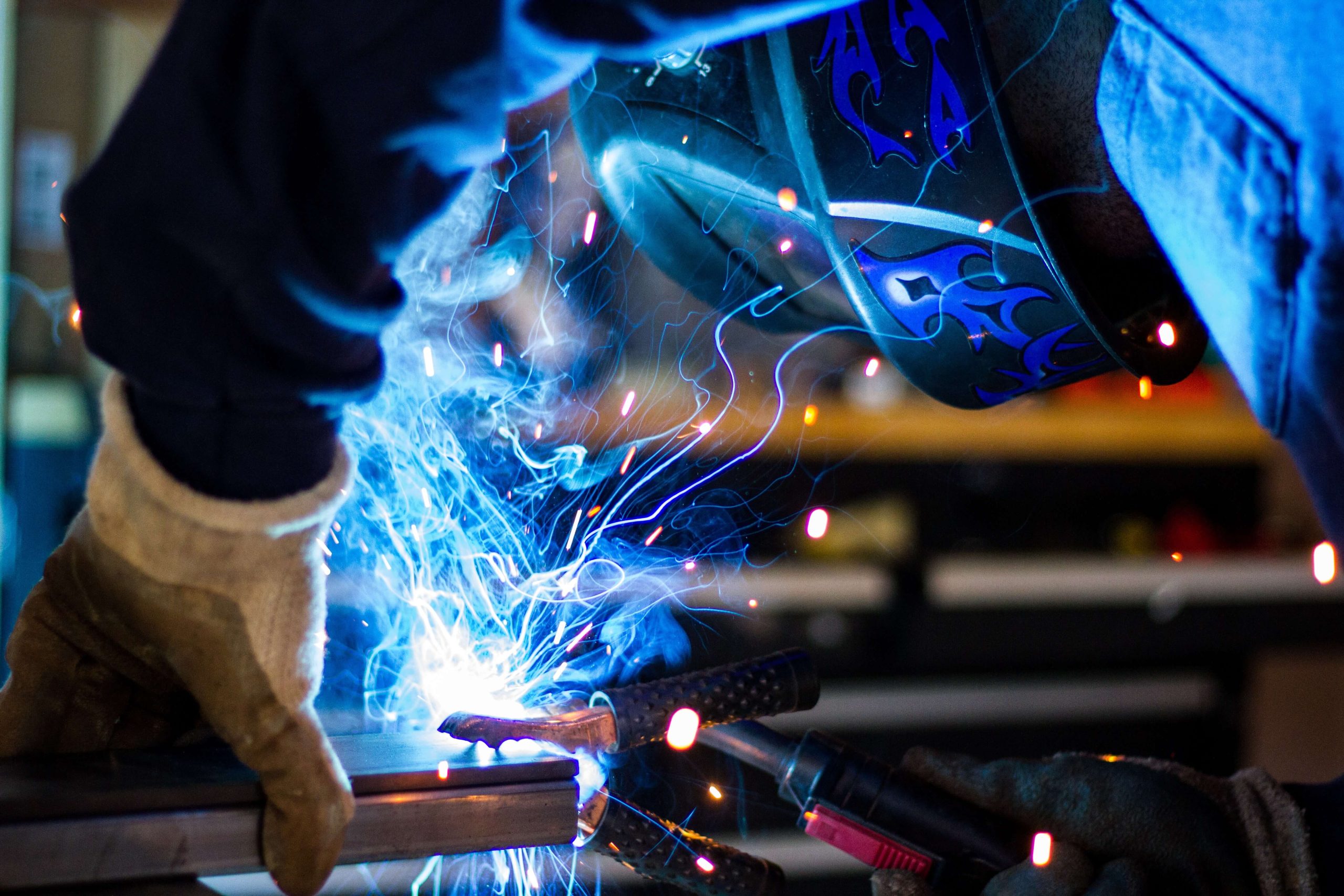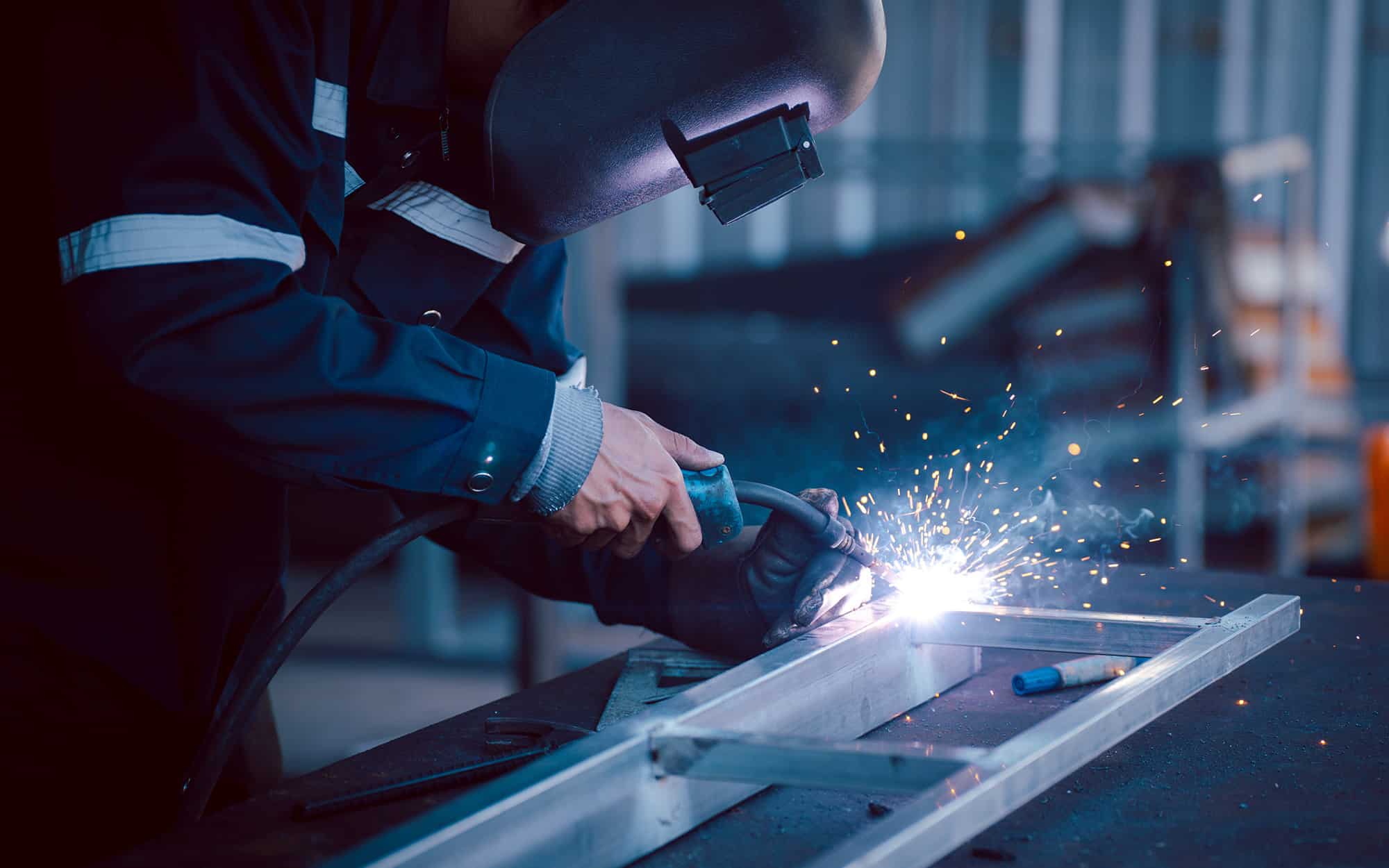Fixing cracking in welded joints: tips from Montana Mobile Welding and Repair Fabrication
Wiki Article
All Concerning Welding: Key Insights Into Techniques and Finest Practices for Success
Welding includes a range of strategies, each suited for certain materials and applications. Recognizing these methods, such as GMAW, SMAW, and TIG, is essential for accomplishing suitable results. The right tools and security techniques can not be overlooked. As prep work and fixing play crucial roles in the welding procedure, grasping these aspects can considerably boost the top quality of the final item. What are the essential variables that ensure an effective weld?Comprehending Different Welding Strategies
Welding strategies incorporate a selection of approaches, each suited to certain applications and materials. Amongst the most typical strategies are Gas Metal Arc Welding (GMAW), Shielded Metal Arc Welding (SMAW), and Tungsten Inert Gas Welding (TIG) GMAW, likewise known as MIG welding, is preferred for its rate and adaptability, making it excellent for thin products. SMAW, or stick welding, is preferred for its simplicity and performance in outside atmospheres, especially with thicker steels. TIG welding provides precision and control, making it ideal for intricate job and non-ferrous steels (Belgrade). Each strategy has its distinct advantages and considerations, enabling welders to choose the most effective method based on the task's needs, material kind, and desired end results. Comprehending these strategies is necessary for effective weldingImportant Welding Devices and Devices
While different welding techniques require certain skills, the right tools and devices are just as vital for attaining top quality results. Vital welding tools includes welding makers, which vary relying on the method-- such as MIG, TIG, or stick welding. Safety gear, consisting of handwear covers, helmets, and aprons, warranties safety and comfort during the process. Additionally, clamps and components aid safeguard products in position, ensuring precision in welds. Consumables like welding rods, cable, and protecting gas are likewise essential components that affect the high quality of the weld. Tools such as grinders and cutters assist in surface prep work and post-weld completing, contributing to an expert outcome. Buying top quality devices inevitably boosts the effectiveness and efficiency of welding tasks.Safety Practices in Welding
Appropriate safety and security practices are essential in the welding sector to protect workers from prospective risks. Welders should use suitable individual safety devices (PPE), consisting of headgears with correct shading, gloves, and flame-resistant garments. Appropriate ventilation is crucial to minimize direct exposure to unsafe fumes and gases generated during the welding process. Furthermore, employees should be trained in the appropriate handling of welding tools to protect against crashes. Fire security steps, such as keeping combustible products far from the welding location and having fire extinguishers readily offered, are needed. Normal evaluations of tools and offices can help identify possible threats prior to they lead to crashes. By sticking to these safety and security practices, welders can create a more secure working environment and minimize threats related to their profession.Preparing Materials for Welding
Preparing products for welding is a vital step that substantially influences the top quality and integrity of the end product (Fabrication). Appropriate prep work involves cleaning the surface areas to remove impurities such as dust, oil, and rust, which can jeopardize the weld. Methods such as grinding, fining sand, or making use of solvents are typically used to accomplish a clean surface. In addition, making sure that the products fit together comfortably is necessary; voids can result in weak welds. It's additionally vital to take into consideration the placement and positioning of the elements, as this will certainly affect the convenience of welding and the final outcome. Choosing the proper filler material and guaranteeing compatibility with the base metals is essential for accomplishing solid, long lasting welds.Tips for Achieving High-Quality Welds
Attaining high-quality welds needs interest to information and adherence to best methods throughout the welding process. Appropriate joint preparation is important, guaranteeing surfaces are tidy and free from impurities. Selecting the suitable filler product and welding strategy based on the base steels is essential for excellent bonding. Maintaining regular travel rate and angle while welding can advertise and avoid problems uniformity. Additionally, regulating heat input is vital; extreme warm can result in bending and compromised joints. If needed, frequently evaluating the welds during the process enables for instant modifications. Utilizing proper post-weld therapies, such as cleansing and tension alleviation, can enhance the sturdiness and honesty of the weld, eventually ensuring a successful outcome.Repairing Usual Welding Issues
Welding typically offers obstacles that can impact the quality and stability of the last item. Typical issues such as porosity, irregular weld beads, and getting too hot can develop, each requiring particular troubleshooting strategies. Comprehending these issues is crucial for welders to improve their skills and accomplish ideal results.Porosity Problems Discussed
Porosity can usually be ignored, it stays an important concern in welding that can compromise the honesty of a completed product. Porosity refers to the existence of small gas pockets within the weld bead, which can weaken the joint and lead to premature failing. This trouble normally occurs from impurities, dampness, or incorrect protecting gas coverage throughout the welding procedure. To alleviate porosity, welders ought to confirm that the base products are clean and dry, use appropriate protecting gases, and keep regular welding specifications. Frequently checking the equipment and atmosphere can also assist determine potential issues before they materialize in the weld. Dealing with porosity successfully is necessary for attaining strong, sturdy welds that satisfy quality requirements.
Inconsistent Weld Beans
Inconsistent weld beads can substantially impact the top quality and toughness of a finished product. Different variables add to this concern, including improper traveling rate, wrong amperage setups, and inconsistent electrode angles. When the welder moves as well quickly, a bead might show up slim and do not have penetration, while moving too slowly can cause too much accumulation. In addition, using the incorrect amperage can result in either damaging or extreme spatter, both of which concession weld integrity. The welder's method, such as irregular torch motion, can also bring about unequal bead appearance. To mitigate these problems, welders ought to concentrate on preserving steady, controlled motions and guaranteeing correct tools setups to achieve harmony in their welds. Consistency is essential to attaining reliable and solid welds.Getting Too Hot and Warping Issues
Too much heat throughout the welding procedure can lead to significant overheating and warping problems, impacting the architectural stability of the workpiece. These troubles typically show up as distortion, which can compromise alignment and fit-up, making more assembly challenging. Variables contributing to overheating consist of the selection of welding parameters, such as voltage and travel rate, as well as the type of material being welded. To alleviate these issues, welders should maintain constant traveling speed and appropriate heat input while checking the work surface temperature. Additionally, pre-heating or post-weld heat therapy can aid ease stresses caused by quick air conditioning - Belgrade Fabrication. Regular evaluation and adherence to best techniques are crucial in protecting against overheating and making sure the longevity and reliability of bonded frameworksRegularly Asked Questions
What Are the Job Opportunities in the Welding Sector?
The welding sector uses diverse occupation chances, including settings as welders, engineers, assessors, and educators. Professionals can work in manufacturing, construction, aerospace, and automotive industries, benefiting from strong need and affordable salaries in different duties.Just How Can I Enhance My Welding Rate Without Giving Up Quality?
To boost welding rate without sacrificing quality, one should practice efficient methods, maintain equipment, optimize setups, and enhance hand-eye sychronisation. Routine training and seeking comments can likewise substantially add to achieving faster, top quality welds.What Qualifications Are Available for Welders?
Various accreditations exist for welders, consisting of those from the American Welding Society (AWS), the National Facility for Building And Construction Education and Research (NCCER), and numerous industry-specific companies. These credentials boost employability and demonstrate skill proficiency.How Does Welding Influence the Features of Metals?
Welding influences the buildings of metals by changing their microstructure, which can lead to adjustments in strength, firmness, and ductility. Heat input and cooling rates throughout the procedure considerably impact these product qualities.Can I Weld Dissimilar Metals Together?

Report this wiki page